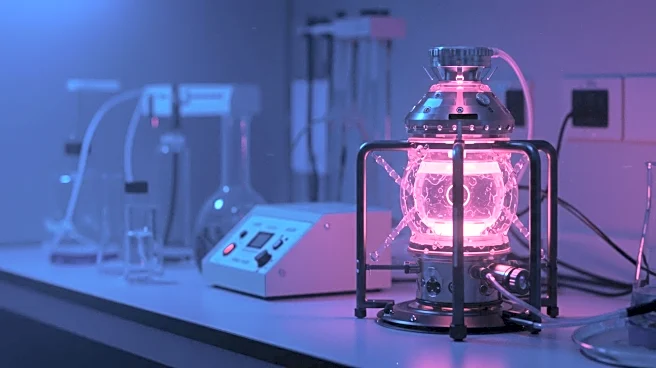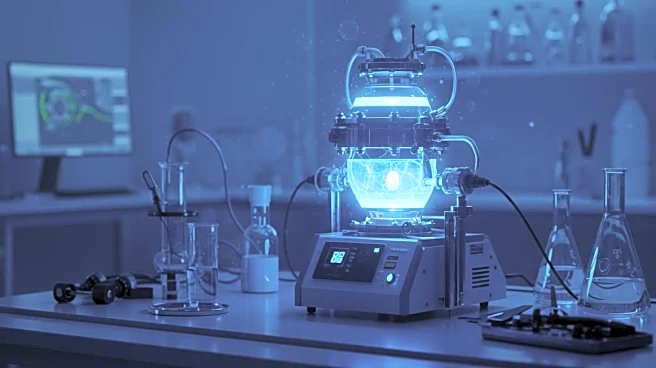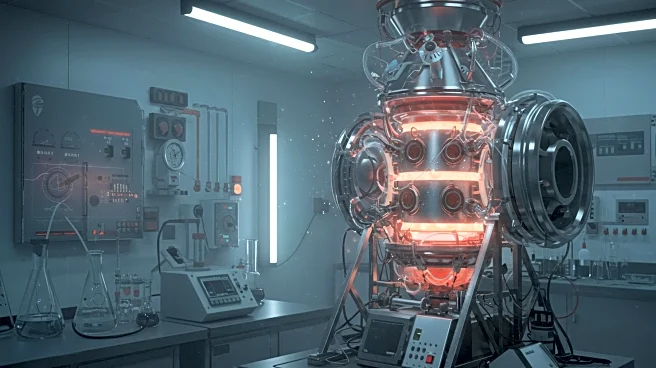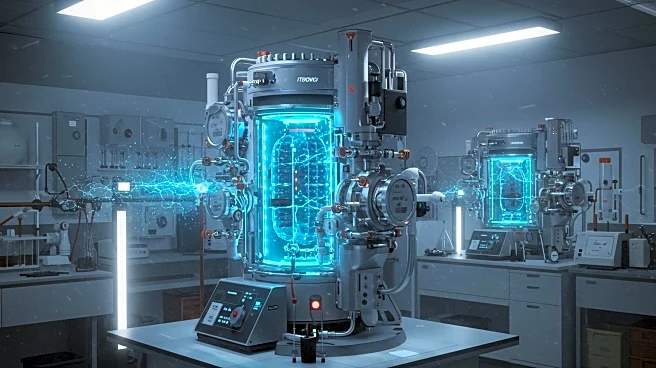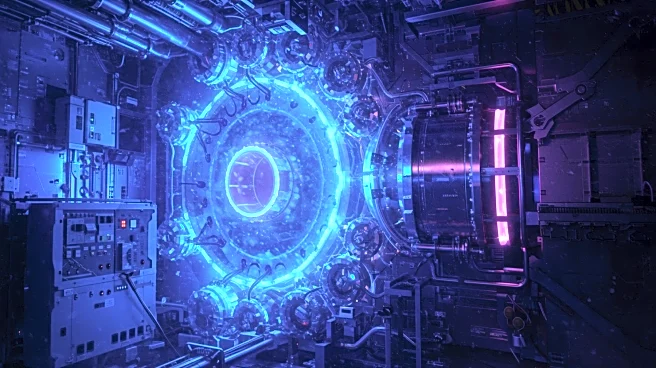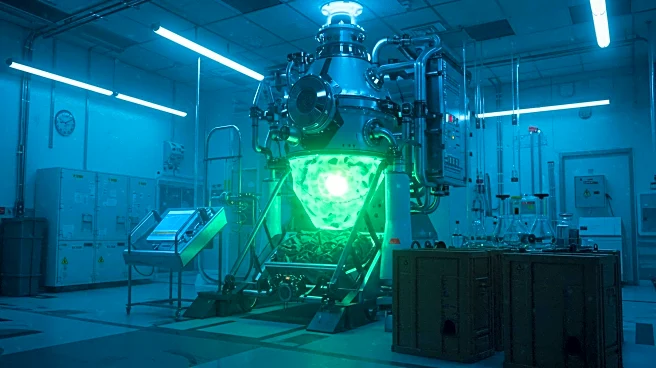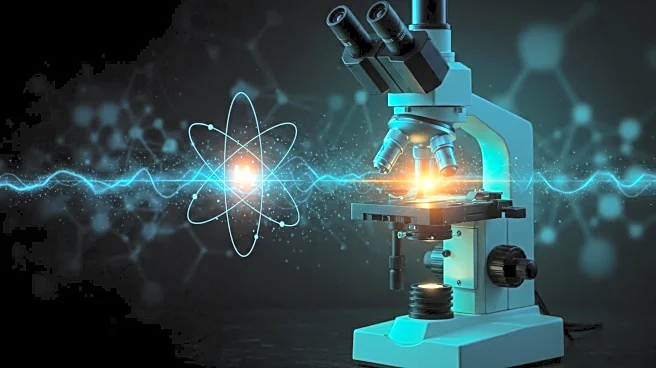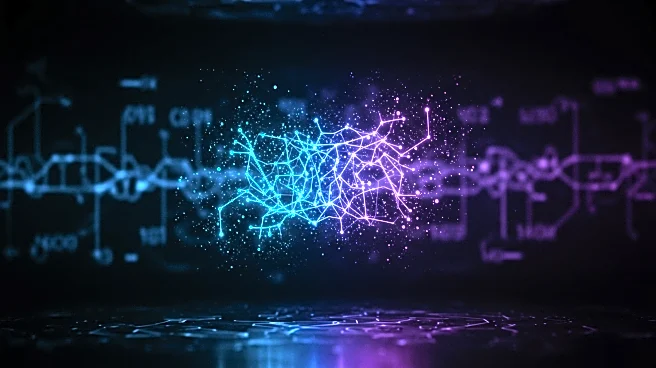What's Happening?
Researchers at the University of British Columbia have developed a bench-top reactor named Thunderbird, which combines plasma science with electrochemical science to enhance nuclear fusion rates. The reactor uses deuterium ions, a hydrogen isotope, to trigger nuclear fusion by loading a palladium metal target with deuterium fuel. This approach has increased fusion rates by 15%, marking the first credible link between electrochemistry and fusion science. The reactor does not rely on tritium, a common isotope in fusion experiments, and aims to make fusion research more scalable and accessible.
Why It's Important?
This development is significant as it offers a new method to potentially advance nuclear fusion technology, which is considered a clean energy source. By demonstrating a reproducible increase in fusion rates, the research could pave the way for more accessible fusion experiments outside large national labs. The interdisciplinary approach may also lead to applications in other fields, such as superconducting metals and medical research. The breakthrough could contribute to the long-term goal of achieving energy-efficient nuclear fusion.
What's Next?
The research invites further exploration and refinement by the scientific community, potentially leading to more widespread investigation of low-energy fusion using bench-top reactors. The team hopes to continue developing the technology to make fusion science more accessible and scalable, encouraging collaboration across different scientific fields.
Beyond the Headlines
The research challenges long-standing skepticism about electrochemical approaches to nuclear fusion, which were dismissed decades ago. By providing experimental validation, the study opens new avenues for interdisciplinary research and innovation in fusion science.


